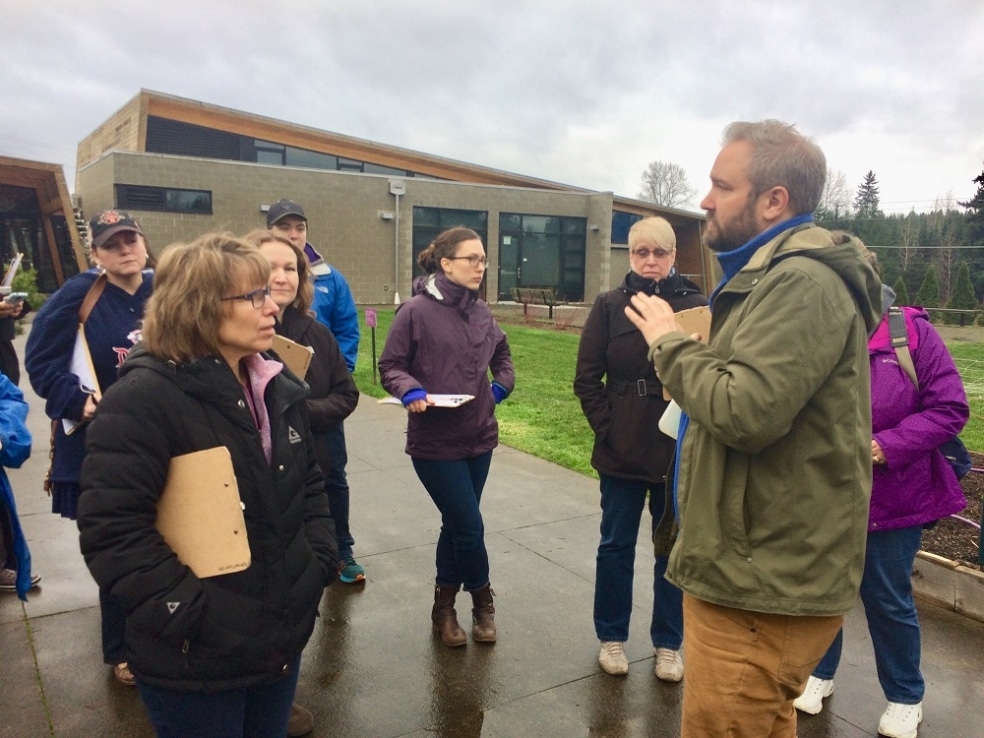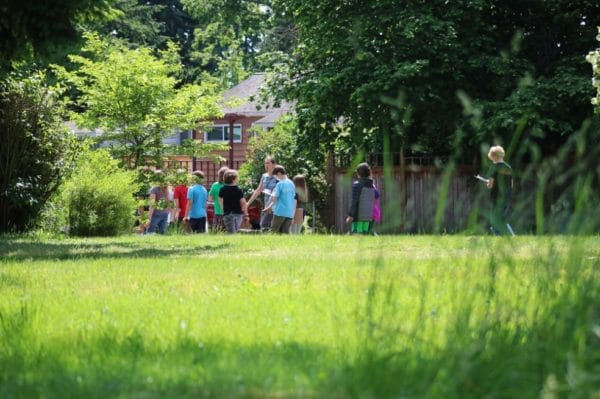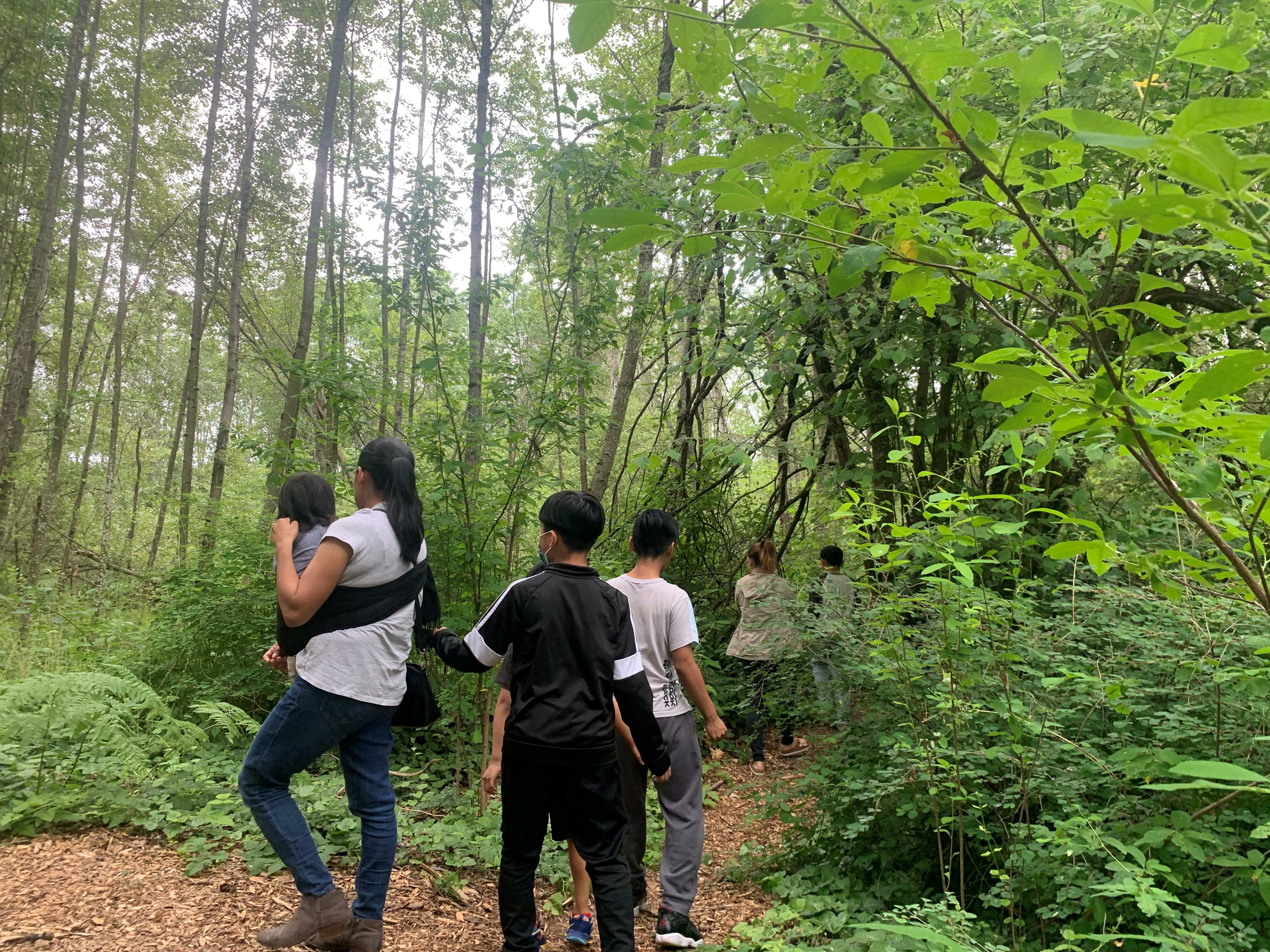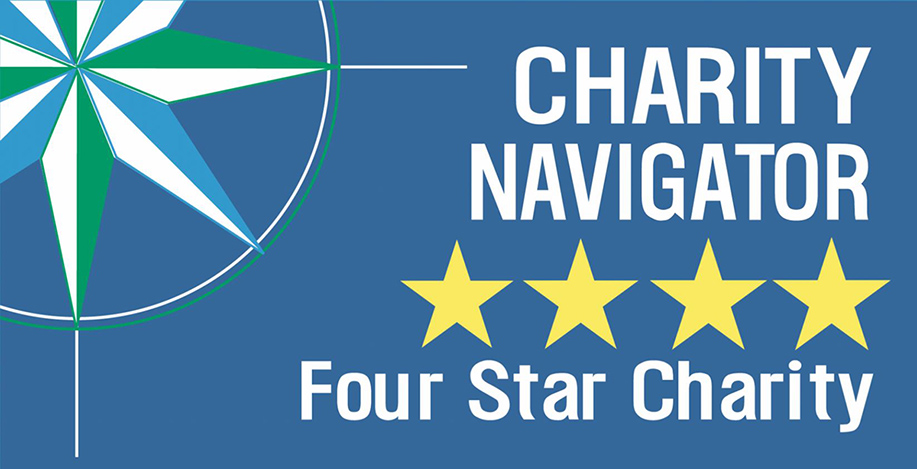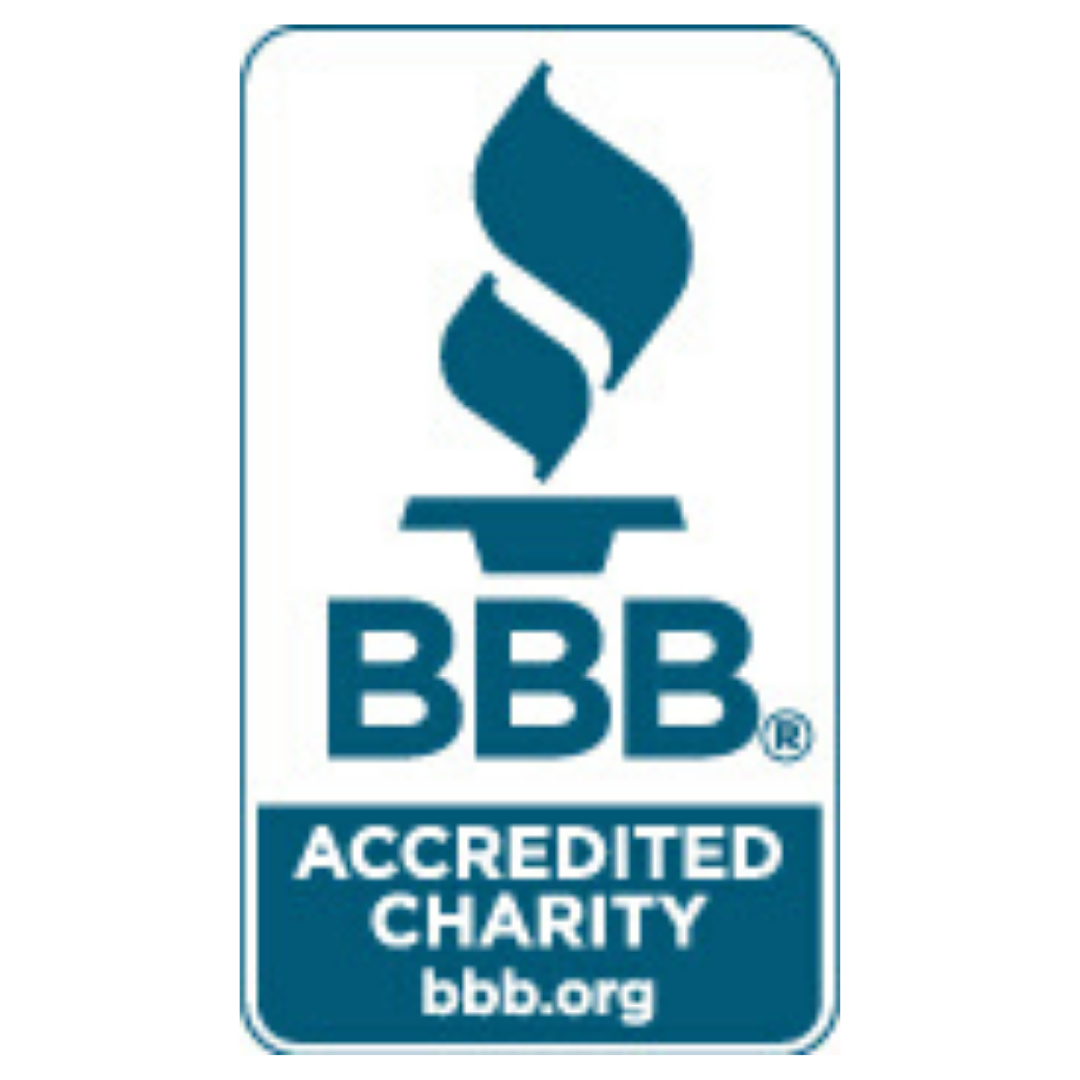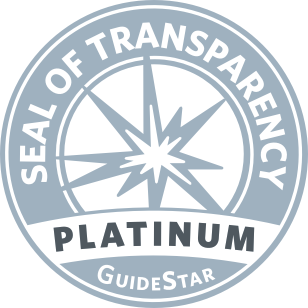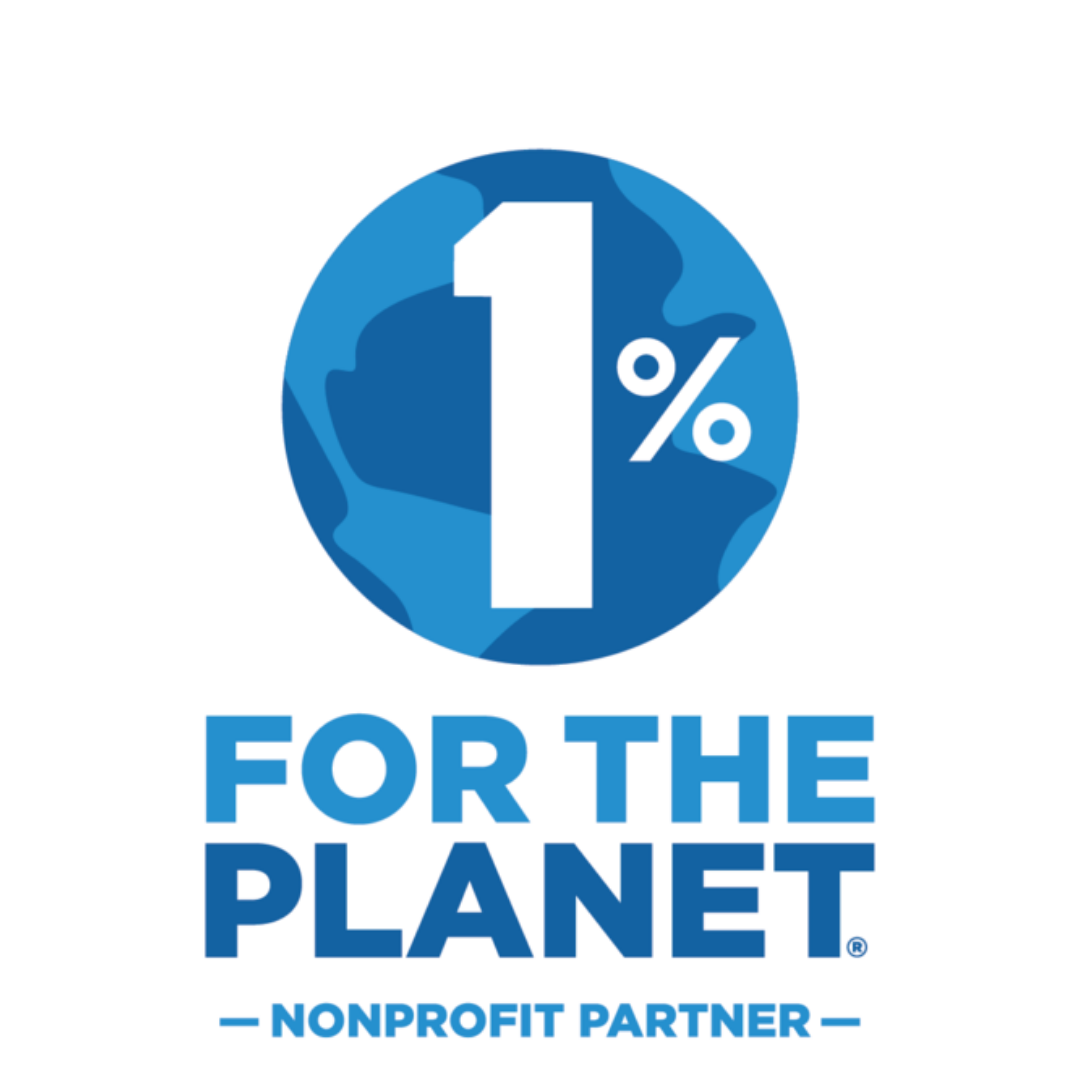The fourth graders at John Rogers Elementary School in North Seattle had found their problem…
Author: Tamar Kupiec
Washington State formally adopted the Next Generation Science Standards (NGSS) in 2013, but to many teachers, they still feel new. With an increased emphasis on engineering, the standards call for students to study natural phenomena and to use their scientific understanding to solve problems in their communities. For teacher and students alike, such personally meaningful and action-oriented investigations can be thrilling, but they do present logistical and pedagogical challenges. Looking for support and lesson ideas, teachers have been making their way to the Brightwater Education Center for IslandWood’s professional development series on NGSS. Previous workshops addressed bringing science into the schoolyard, asset mapping, and using an engineering design process to think about solving local problems. Today’s session, “Taking Action with Your Students,” prepared teachers to step outside the classroom and carry out a service learning project in their community.
Finding a local problem to tackle with students isn’t too hard. Flooded sports fields, invasive plants, and polluted wetlands abound, and children are eager to help. Working with students to choose a project that has academic relevance and the potential for success can be trickier. “As the teacher, you get to be the funnel,” said Derek Jones with IslandWood’s Urban School Programs team, underscoring the need to balance student-directed learning with teacher guidance. But outside the classroom, the students and their teacher are not the only ones whose opinions matter. Identifying stakeholders—the people whose lives are affected by the problem and the people with the power and means to make change—is a prerequisite for lasting community impact.
IslandWood’s Brad Street presented a hypothetical scenario in which students decide to eliminate a puddle on their four-square court by fixing a nearby drain so the water would “go away.” He advised helping students to “think bigger,” to factor in the interests of stakeholders. Consider the city, which may be concerned about overloading storm drains and polluting Puget Sound, and impervious pavement becomes a better solution. Consider the local community, which may be concerned with aesthetics, and a rain garden could emerge as the winning strategy. The solutions are not always a question of finding the best technology, he emphasized, but of exploring how they will meet the criteria for success for the people involved.
Workshop participants included both formal and informal educators with a range of experience with NGSS and community service-based projects. Elena Pasquan, a teacher at Discovery Elementary School in the Mukelito School District, came “hoping for NGSS 101.” And just a table away was veteran Denise Peters, a fourth-grade teacher in Shoreline who received Seattle Foundation’s Patsy Collins Award for her work investigating wetlands and human environmental impact with her students. This mix of teachers became a source of creativity and encouragement.
Much of the day’s work was accomplished in small-group discussions, which gave teachers an opportunity to exchange ideas and resources. Denise suggested asking students to argue for and against a solution as a means of anticipating and appreciating opposing views. And when third-grade teacher and IslandWood alum, Kacy Lebby raised the problem her Seattle school community faces with people not cleaning up after their dogs, a quality-of-life and water-quality issue, two teachers offered a lesson plan seemingly tailor made, “It’s Not Fido’s Fault.” This is one of the many lessons and projects developed by Snohomish Conservation District, whose Outreach and Education Coordinator (and IslandWood alum) Laura Goff was in attendance to offer ideas and support.
Perhaps the experience of Glenwood Elementary in Lake Stevens best illustrates the kind of contagious creativity and peer support that developed during the workshop. The last time Kathy Holder and two colleagues took their students to Brightwater on a field trip, the teachers left inspired to design a project that would manage flooding on the school’s playing fields, which left them unusable much of the year. But real-world problems come with real-world obstacles. At home, school district bureaucracy, plans for a sewer conversion, and limited resources proved too formidable. Passionate about teaching and motivated to make a difference, the Glenwood teachers came back today for new ideas, lesson plans, and strategies that would help them identify appropriate projects and overcome obstacles such as these.
The workshop concluded with a final round of small-group discussions focusing on what a successful community science project might look like at participants’ schools. The ideas were relevant and realistic. Kathy noted that land form study is part of her school’s curriculum. Could they embark on creek restoration and tree planting? Snohomish Conservation District, with its Lawns to Lettuce, could make a strong partner. She also noted the inaccessible wetlands behind their school, whose standing water created an insect problem. Why not enlist a hardware store to donate supplies for an eco-friendly solution, such as bat houses? With ideas like these, with their potential for curriculum connections, effective remediation, and local partnerships, it was time to move forward. Like other teachers in today’s workshop, Kathy was emboldened to step outside her classroom door. Now it was a matter of taking the leap.

